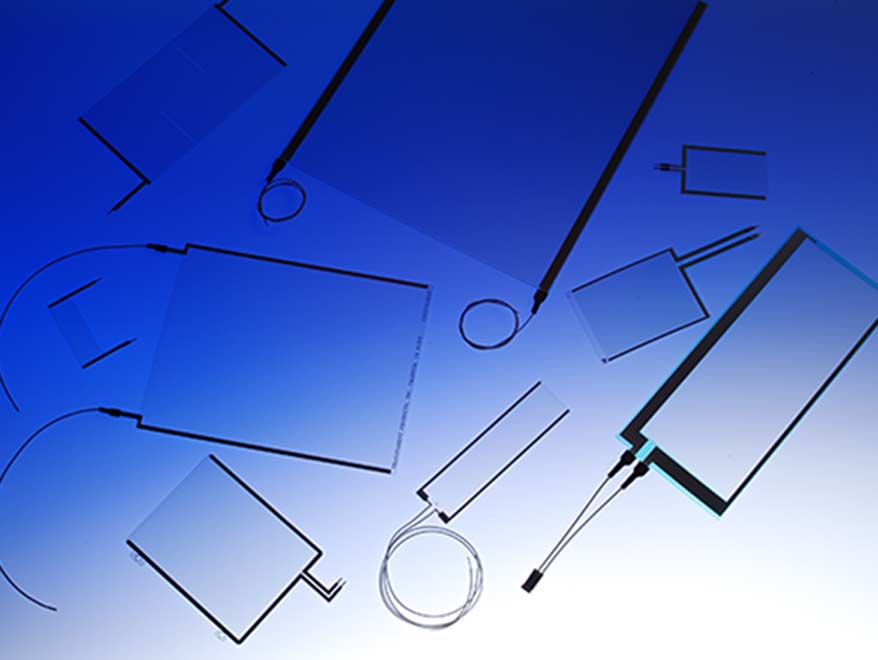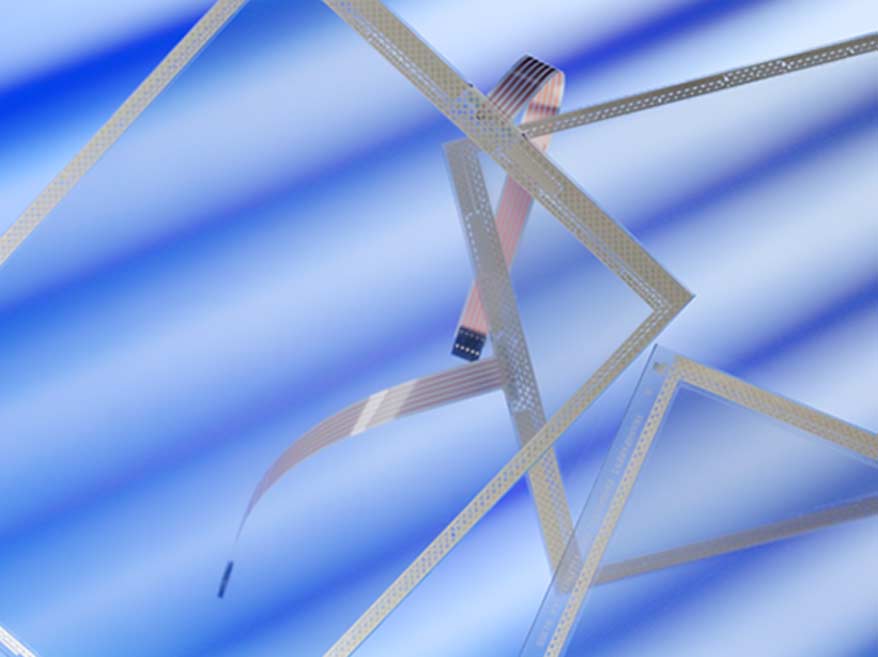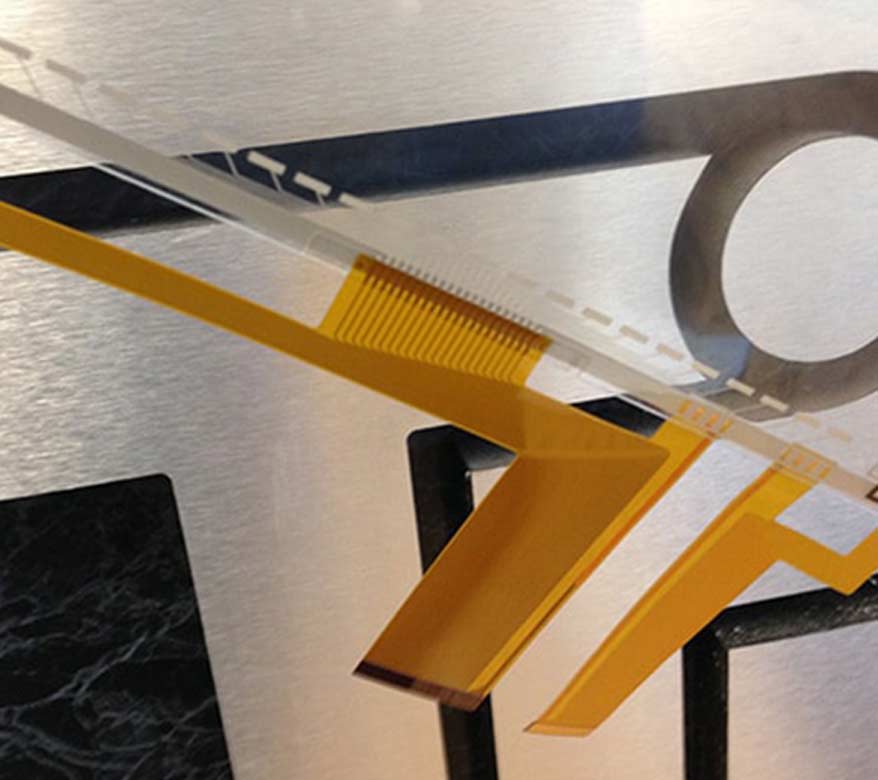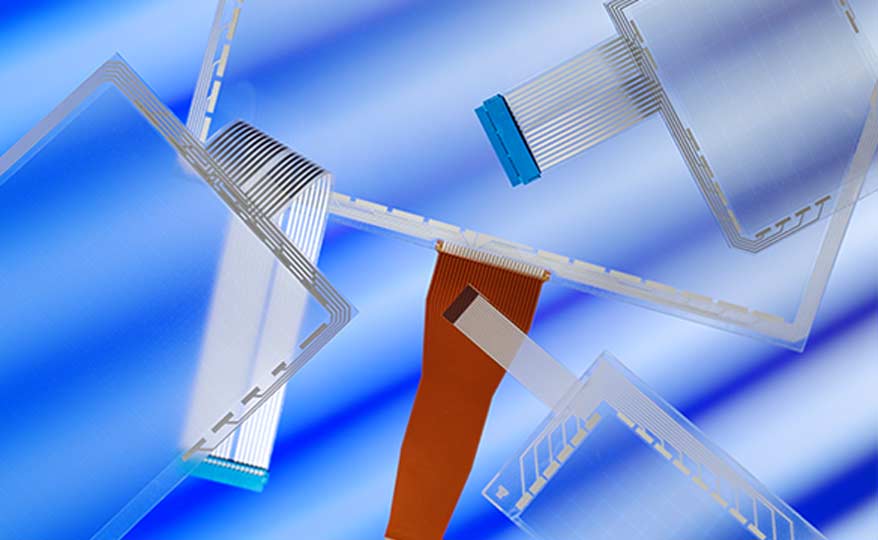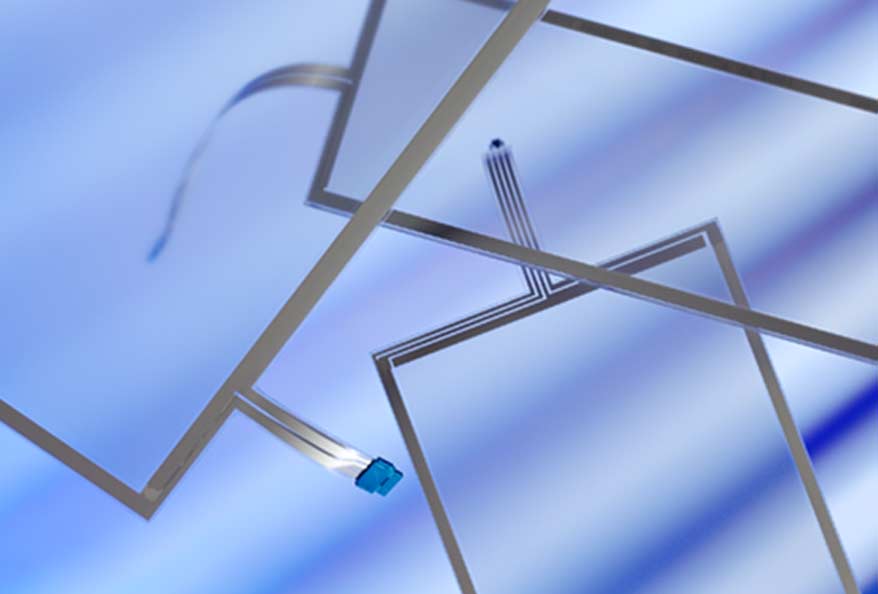
Transparent Products Inc. (TPI) supplies tailored projective capacitive and resistive touchscreens to the medical device industry.
At TPI, we see every touchscreen design independently by seeking to understand client requirements and objectives while responding with personalised solutions to support their needs.
We guide clients to the ideal combination of design, material and suitable options for optimal touchscreen performance.
Through this, our clients acknowledge that a high-quality and a reliable touchscreen, alongside superior customer service, ensures a high return on investment.
Touchscreens for medical instruments
As requirements for ease-of-use, reliability, sanitisation and speed of interaction with medical instrumentation increases, the use of touchscreens as interface devices have become essential in various applications.
For close to three decades, we have utilised our projected capacitive and resistive touchscreens throughout the challenging field of diagnostic instrumentation and medical device industries.
Our capability to tailor touchscreens to meet individual specifications and recommend state-of-the-art solutions to enhance performance separates us from our competitors.
With our customer, design and manufacturing services located at our facility in Valencia, California, we are readily available to support and assist our clients.
Projected capacitive and resistive technologies
TPI’s aptitude to develop both resistive and projective capacitive technologies offers clients the choice of optimal touchscreen solutions for each application.
Through this, we deliver:
- Gloved hands, bare fingers or stylus activation
- The ability to sterilise touchscreen surface
- Chemically strengthened glass substrate/cover glass for resilience
- Addition of bezels, graphic overlays and membrane switches for complete front panel assembly
- Protection against electromagnetic interference (EMI) emissions
Years of assisting the medical industry has equipped us for the trials and prospects this field presents.
Design options for applications in medical environments
Proper substrate selection enhances touchscreen performance by improving optics, increasing ruggedness and extending environmental resiliency. TPI provides substrates constructed of glass, acrylic, polycarbonate and other plastics in a vast array of properties and thicknesses.
Choosing the right films ensures proper optics and electrical performance. Films having conductive coatings are used as the active layers of touchscreens. Non-conductive films are used for protective or decorative purposes. All films may include anti-reflective or anti-glare coatings to enhance optics. Low resistance conductive films act as a barrier against electromagnetic or electrostatic interference.
Selecting the right gasket depends on many factors, such as operating and storage environments, material compatibility, sealing and shielding requirements, and exposure to specific chemicals. TPI’s access to an extensive selection of gasket materials will meet the functional requirements of demanding applications in the medical industry.
TPI value-added solutions include optical bonding, graphic overlays and cover glass and display integration.
About TPI
Established in 1992, TPI is a privately held Californian corporation, with a product focus on bespoke designs and value-added features. TPI is an International Organization of Standardization (ISO) 9001:2015 certified and an International Traffic in Arms (ITAR) registered company.
With a focus on the medical device industry, our tailored touchscreens are designed to provide users with the functionality and flexibility they seek in modern electronic assemblies.


